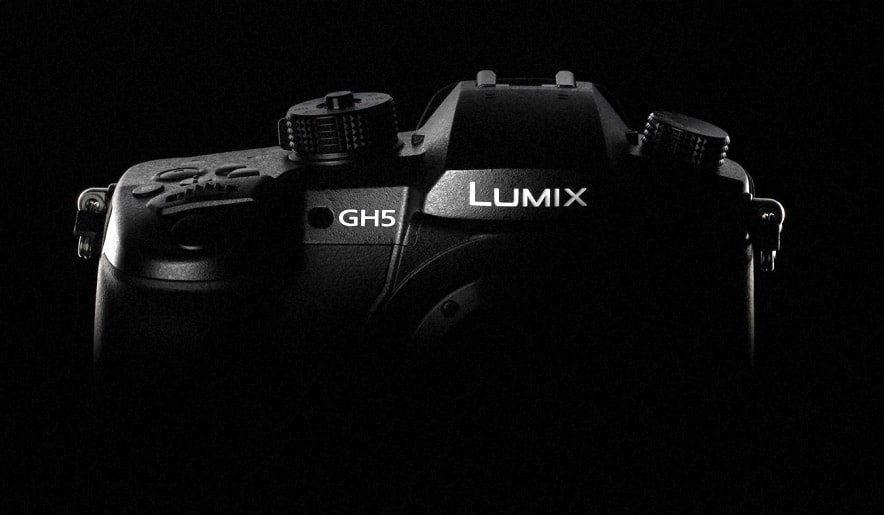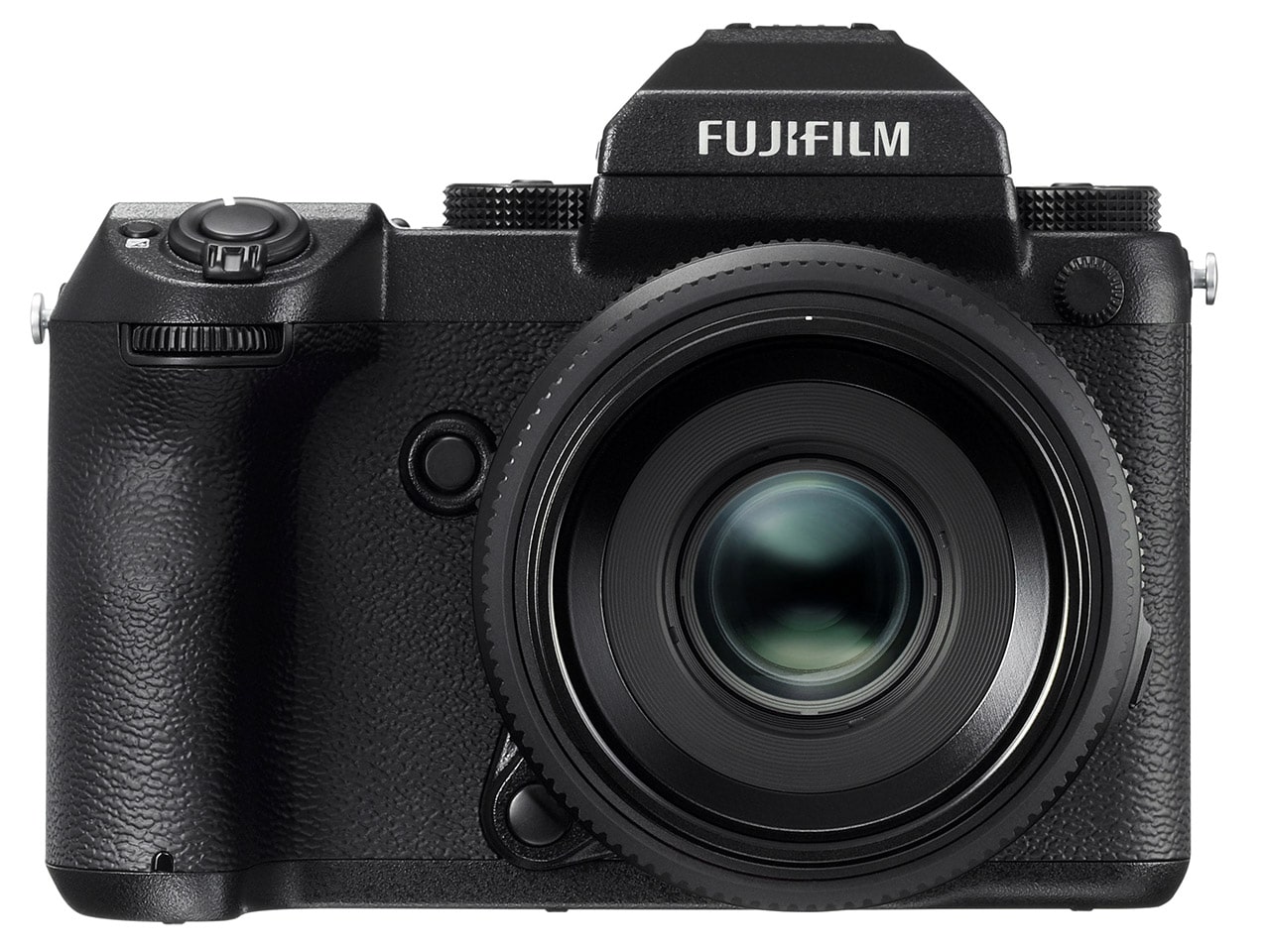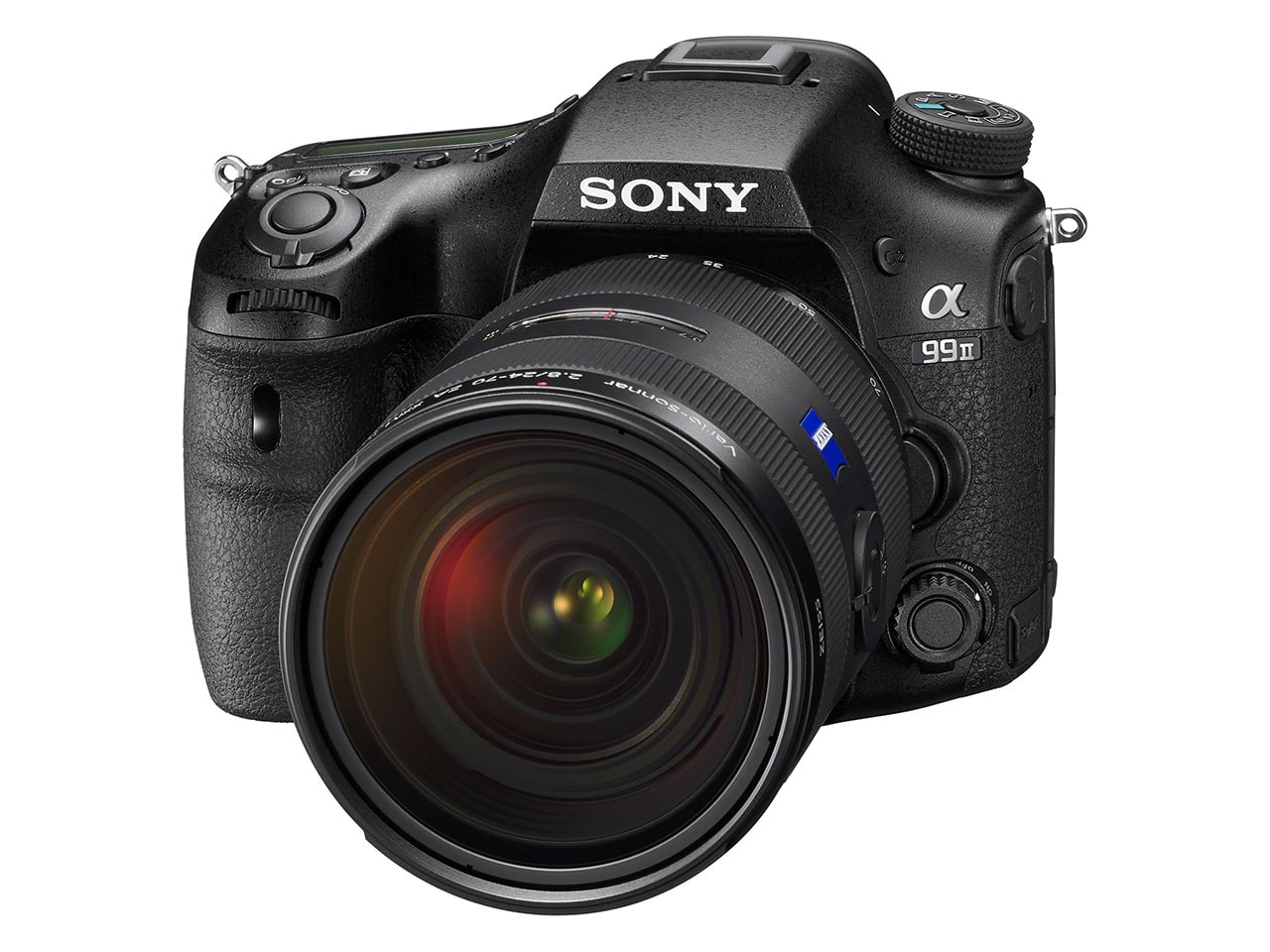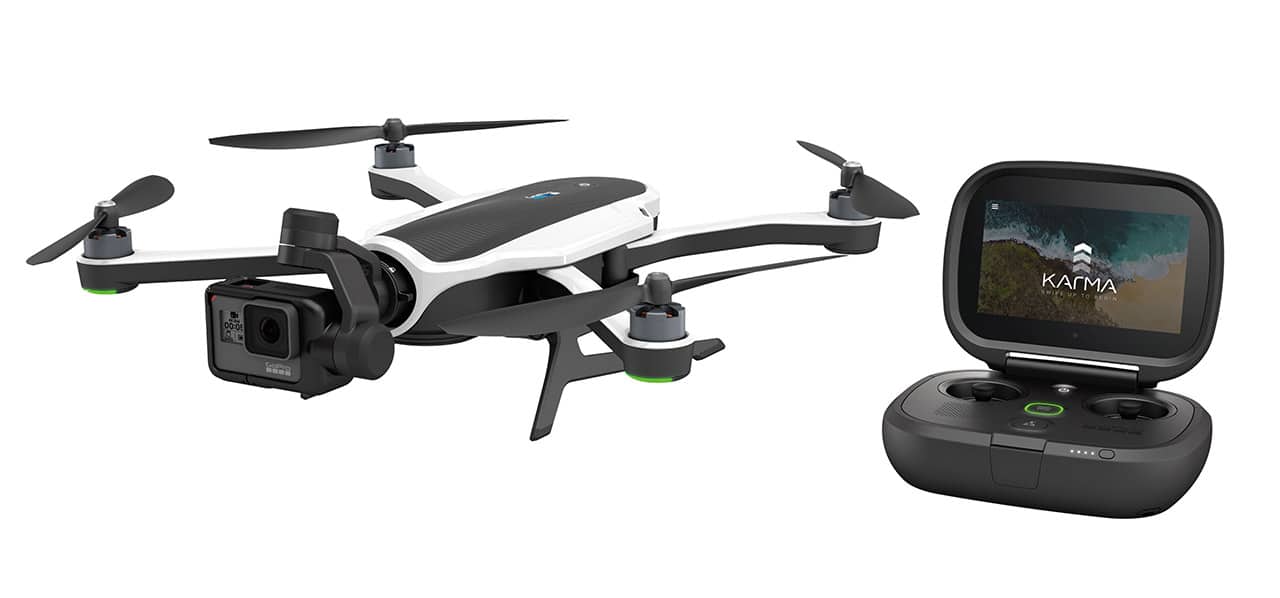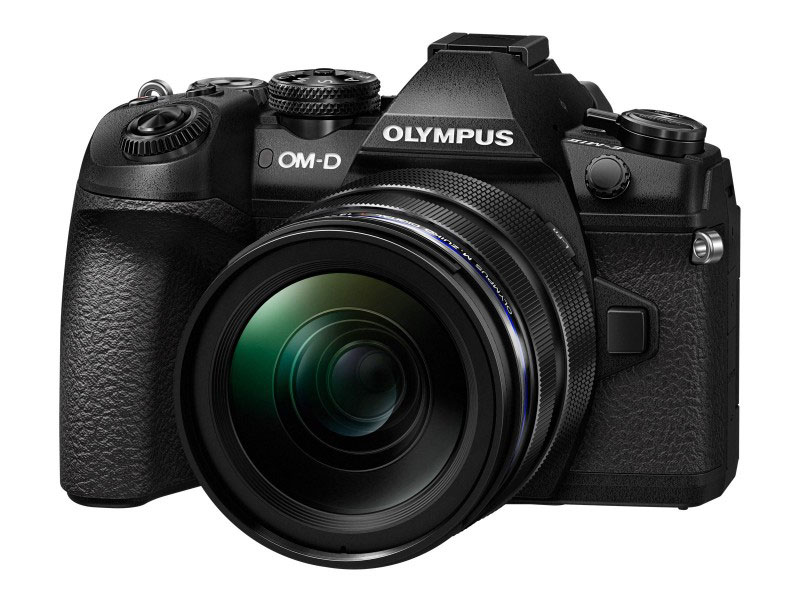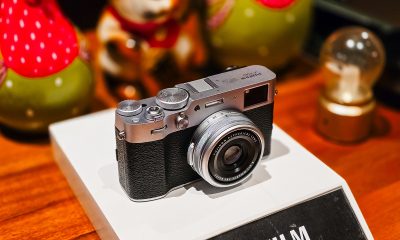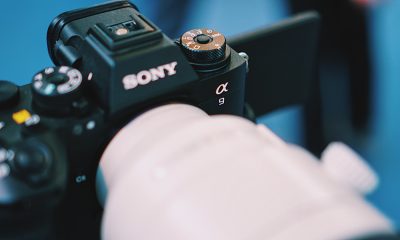Cameras
5 most important announcements from Photokina 2016
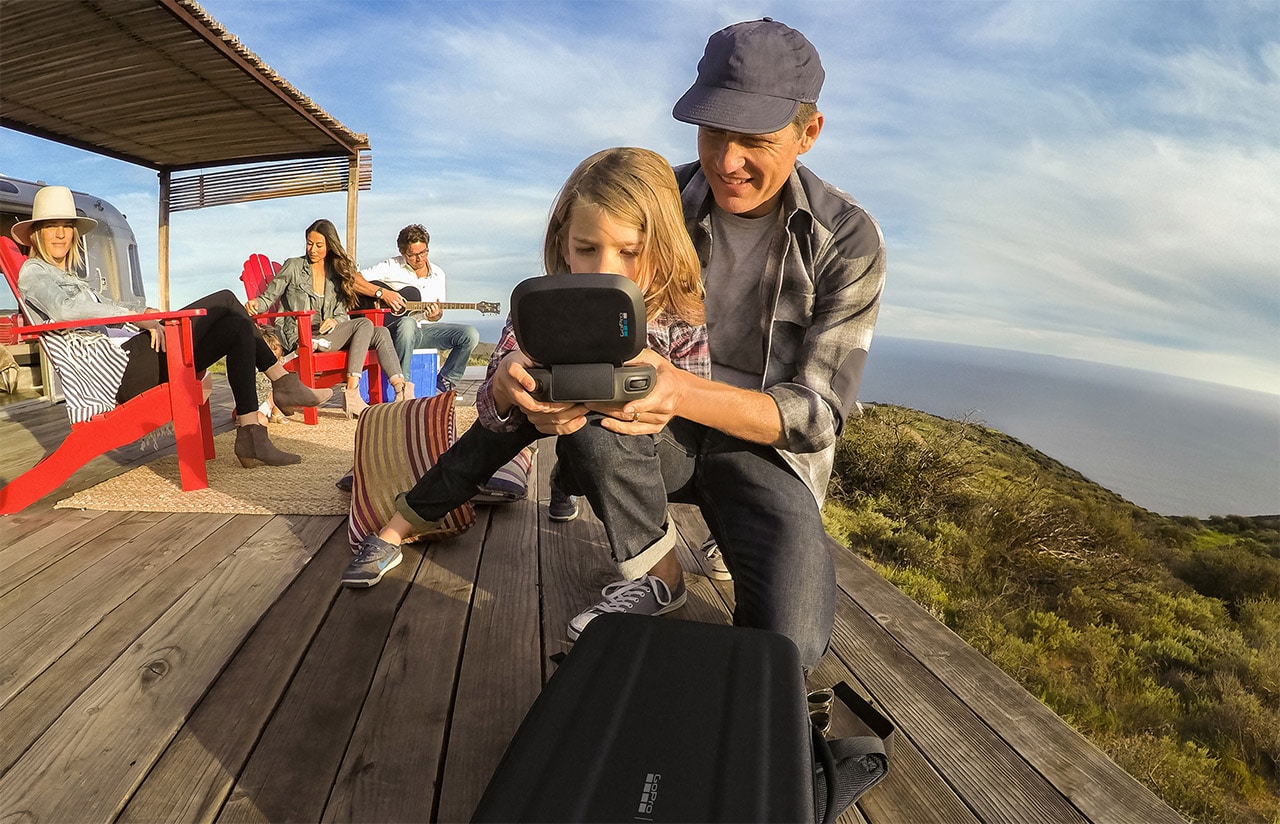
Photokina happens only once every two years, so you can imagine how big it is for camera brands who want to show off their latest products. For reference, the event in 2014 introduced two DSLR cameras still widely used today: the full-frame Nikon D750 and the high-performance Canon EOS 7D Mark II. There’s a lot to cover this year, so here’s a compilation of the biggest announcements made at Photokina 2016, in no particular order.
Panasonic Lumix DMC-GH5
Although it’s still under development with no release date or expected price, the Panasonic Lumix DMC-GH5 is one of the biggest hits at the show because of its 4K video recording at 60 frames per second. That’s amazing for a camera with a relatively small Four Thirds image sensor, and it follows up on the already great GH4 that was released almost two years ago.
There’s also a “6K Photo” mode, but it’s probably not what you think it is. All it can do is extract 18-megapixel stills from burst shots or 8-megapixel photos from the aforementioned 4K footage, which is still quite impressive for such a compact interchangeable-lens camera. The GH5 should be in stores by early 2017.
Fujifilm GFX 50S
Medium format cameras are a rarity at consumer shows, so it’s nice to see Fujifilm take a crack at it with the GFX 50S. Despite its bland looks, there’s a 51.4-megapixel sensor that’s 1.7 times bigger than a full-frame DSLR’s waiting inside, as well as a brand-spanking new G lens mount system. It’s really light for its kind too, with a mirrorless body that weighs only 800g.
The GFX 50S is going to be crazy expensive, but for early adopters, the selection of lenses is quite good for a fresh system. There’ll be six to choose from, consisting of one 32-64mm f/4 lens and prime lenses spanning 23mm f/4 to 120mm f/4. Rest assured, this is a medium format camera you’d love to have both in a studio and outside your house.
Sony A99 II
Sony has had enormous success with its full-frame mirrorless A7 series of cameras, making the A99 II announcement a bit of a surprise. If you’re not familiar with the A99 lineup, we can’t blame you; the latest is a full-frame SLT camera just like its predecessor, meaning it uses a translucent mirror instead of a slapping one like in every SLR. Sony continues to believe there’s a market for this, but it comes at a hefty price.
For $3200 (body only), you get a 42.4-megapixel full-frame sensor, continuous shooting at 12 frames per second, and 5-axis in-body image stabilization. The A99 II will be out in November, which is a long four years after the release of the original A99. Time will tell how well an SLT will be received in this day and age.
GoPro Karma
While it wasn’t technically unveiled at Photokina — GoPro made its announcement simultaneously in the US — the Karma is the most fascinating drone to come out this week. It’s designed to be foldable for easy storage during trips, and is compatible with the Hero 4 and new Hero 5 series.
The package comes with a gamepad-like Karma controller for flying the drone, a Karma grip for smooth handheld shooting on its 3-axis stabilization, and a Karma case for traveling convenience. It’s a fantastic deal when you consider the $799 price tag for the whole set. GoPro also claims that it’s beginner-friendly, so it may be a sweet investment for newbies of flying drones.
Olympus OM-D E-M1 Mark II
Just like the Panasonic Lumix GH5, the Olympus OM-D E-M1 Mark II is still under development and doesn’t have a release window or price yet. What we do know is that it’ll be Olympus’ best mirrorless camera once it’s released. Fast shooting speeds at high resolutions is its strong suit.
With autofocus active, the new E-M1 can shoot 18 frames per second at full resolution; if you’re using manual focus, an amazing 60 shots per second can be achieved, as if you’re shooting a video but with high-resolution photos. Inside, there’s a 20.4-megapixel image sensor capable of 4K movie recording — a first for Olympus. Overall, this shooter is really good at pushing pixels quickly.
Honorable mentions
It’s no surprise that Photokina 2016 has been absolutely packed with big announcements. Aside from the main highlights, SanDisk also announced its 1TB SDXC card, which probably has more storage than your laptop and tablet combined. As mentioned earlier, GoPro also has a new pair of action cameras in the Hero 5 Black and Hero 5 Session. Lastly, there’s the Leica-lookalike Yi M1 mirrorless interchangeable-lens camera from Xiaoyi, but it won’t be available outside of China for now.
If you’re interested in any of the listed gadgets, let us know in the comments below, and we’ll work on more coverage for them in future articles.
[irp posts=”10446″ name=”And the best smartphone camera is…”]

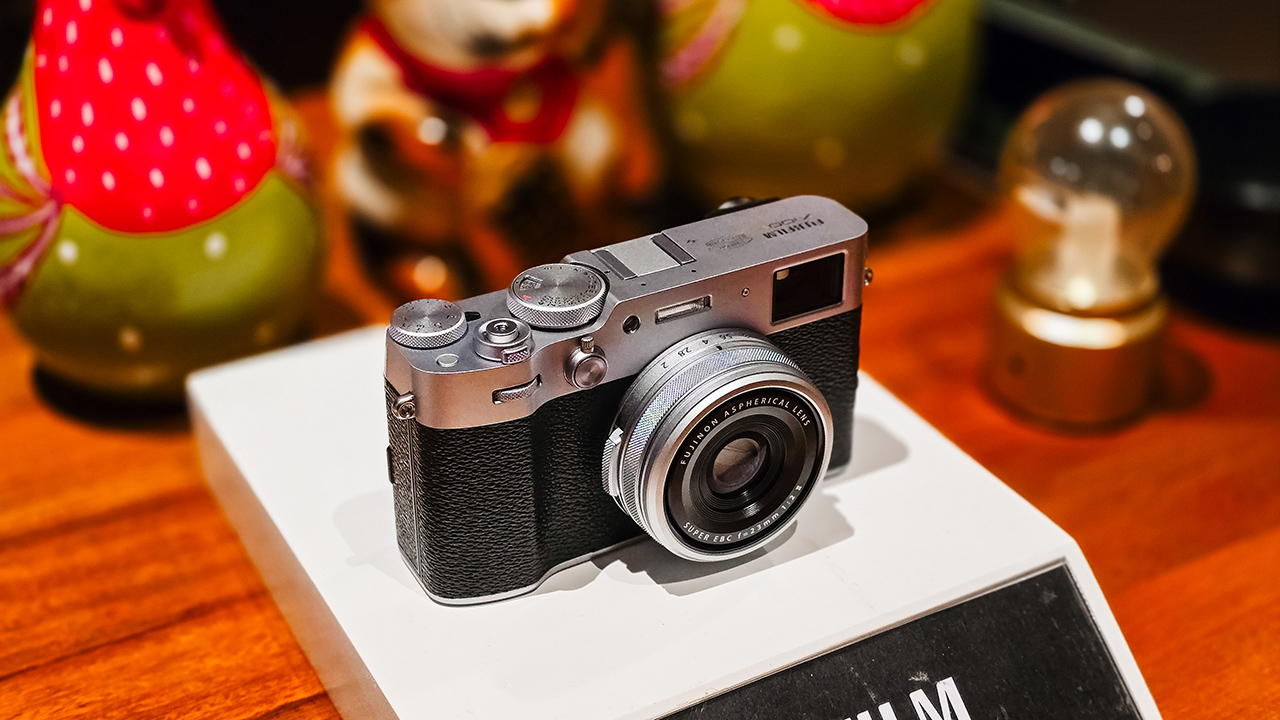
The highly-anticipated Fujifilm X100VI will make its Philippine debut at the FUJIKINA MNL 2024 Camera Fest in Bonifacio High Street, Taguig City. The event is free and open to the public and will be held from April 27 to 28. To register, click this link: FUJIKINA MNL
Celebrity Khalil Ramos will grace the local launch of the Fujifilm X100VI on the second day. Announced a few months ago, the X100VI uses a new 40.2MP X-Trans CMOS 5 HR sensor and is powered by an X-Processor 5 engine. These work together to allow more light absorption. The brand’s latest X100 series offering also features in-body image stabilization for the first time in the series. Moreover, the camera can film up to 6.2K at 30fps.
ALSO READ: Fujifilm announces X100VI, limited-edition model
Aside from the X100VI’s release, FUJIKINA 2024 also allows visitors to engage in various activities. First, there’s the Photo Walk event that lets enthusiasts explore Bonifacio High Street at night and capture its vibrant atmosphere. Participants may event get the chance to win a Fujifilm X-T30 II with their best shots.
Next, Fujifilm’s X-Series and GFX cameras will also be on display, free for passersby to test and feel. There are also three shooting studios for guests to capture memories: the Selfie & Pet, Travel, and Smile studios. And for regular Fujifilm camera users, the event will also offer free servicing.
Furthermore, there are two major photo exhibits throughout High Street, showcasing the best images from the Fujifilm community. Lastly, Fujifilm users may also pre-register for an exclusive XPPH Night here.
You may check the full schedule below.
April 27 – Amphitheater
10:00 a.m. onwards:
- Touch and Try
- Express Service
- XPPH Print Market
4:00 p.m. to 6:00 p.m.:
- Opening program
- Workshops
7:00 p.m. onwards:
- Photo Walk
- Contest
April 28 – Amphitheater
10:00 a.m. onwards:
- Touch and Try
- Express Service
- XPPH Print Market
4:00 p.m. to 6:00 p.m.:
- X100VI launch
7:00 p.m. onwards:
- XPPH Night
April 27 and 28 – C1 Park
10:00 a.m. onwards:
- Fujifilm Interactive Studios (Portrait & Pet, Wanderlust, Project Smile)
- Film Simulation Exhibit
April 27 and 28 – South Street
10:00 a.m. onwards:
- Nationwide Photo and Video Walk 2023 Exhibit
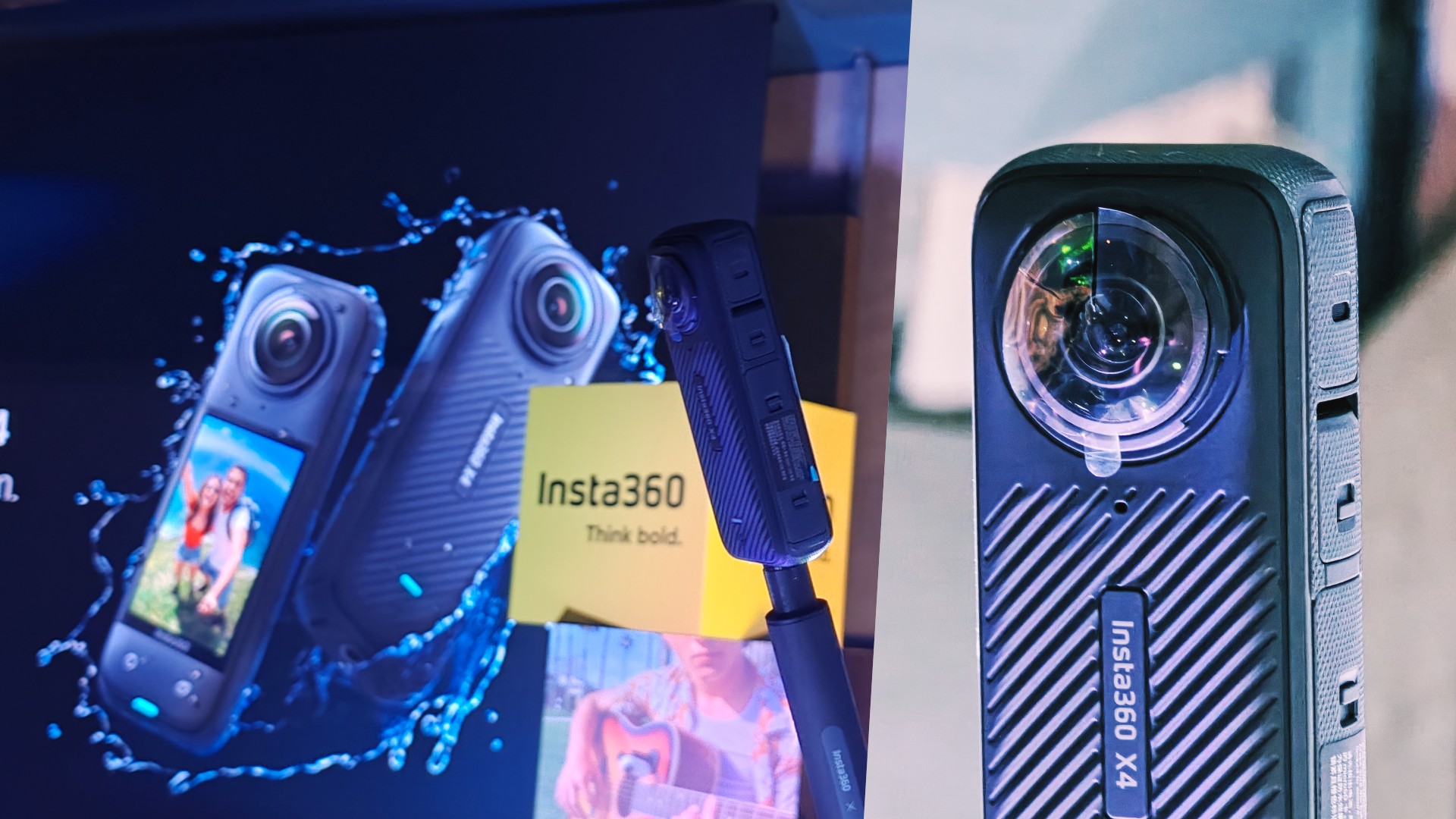
Insta360 is redefining what action cameras are capable of with the introduction of the Insta360 X4. Insta360’s latest offering allows users to film 8K resolution 360-degree videos. In addition, it can record slow-motion 4K videos at up to 120fps.
As expected, the X4 retains Insta360’s “shoot first, point later” ability and invisible selfie stick effect. Moreover, it doubles as a traditional action camera with “flat” captures in Single-Lens mode at up to 4K at 60fps.
The Insta360 X4 is available for US$ 499.99/ PhP 30,990 on the official Insta360 store, Amazon, and other retailers.
Incredible third-person views at 8K
The 8K at 30fps resolution is the highest setting for a 360-degree action camera yet. With such high resolution, users can expect detailed and sharp videos even after reframing, or choosing which specific angle to include in the capture.
For slow-motion, users can now film 4K videos at 100fps for cinematic shots slowed down four times. Furthermore, the highest resolution for a 60fps 360-degree video is upgraded to 5.7K. You may also use the X4 to take stills, as it is capable of 72MP 360-degree photos.
Two cameras in one
Aside from its default 360-degree capturing mode, users may utilize the Insta360 X4 as a regular wide-angle camera. They may shoot a first-person POV video with Single-Lens mode from a chest-mounted position. “Regular” means not having the fish eye-looking effect from the 360-degree mode and having ordinary, flat-looking images instead.
Under the Single-Lens mode, users will be able to record 4K videos at 60fps with an ultra-wide 170-degree field of view. This can be upgraded even more with MaxView while retaining 4K resolution at 30fps. Meanwhile, Me Mode, which erases the selfie stick, can film 4K at up to 120fps.
There are also upgrades on the X4’s creative shooting modes. Bullet Time can now shoot slow-mos at 5.7K at 120fps, or even 3K at an astounding 240fps. Hyperlapse videos, meanwhile, can be recorded in 8K quality.
Action specialist
A 5nm AI chip powers the Insta360 X4, along with a smart control system with Voice and Gesture Control features, and a host of AI-powered shooting and editing features.
The action camera comes with a 2.5-inch Corning Gorila Glass touchscreen for on-the-go use. Users may adjust the settings or choose the desired mode more easily.
The X4’s 2,290mAh battery allows for up to a 135-minute run time (at 5.7K@30fps). This is an impressive 67% longer battery life than its predecessor, the X3.
Moreover, the device is waterproof at up to 164 feet for diving, and cold-weather resistant at up to -20 degrees Celsius.
AI-powered editing
The X4 also harnesses the power of AI. Using the Insta360 app, users may simply move their phone or use the virtual joystick to point the camera. AI Edit, on the other hand, lets Insta360’s entire algorithm do the work for the reframing process. This improved algorithm has better subject detection, helping users save time. Users may also get creative with Shot Lab and Motion ND filters.
Cameras
Fujifilm announces X100VI, limited-edition model
The first X100 camera with in-body image stabilization
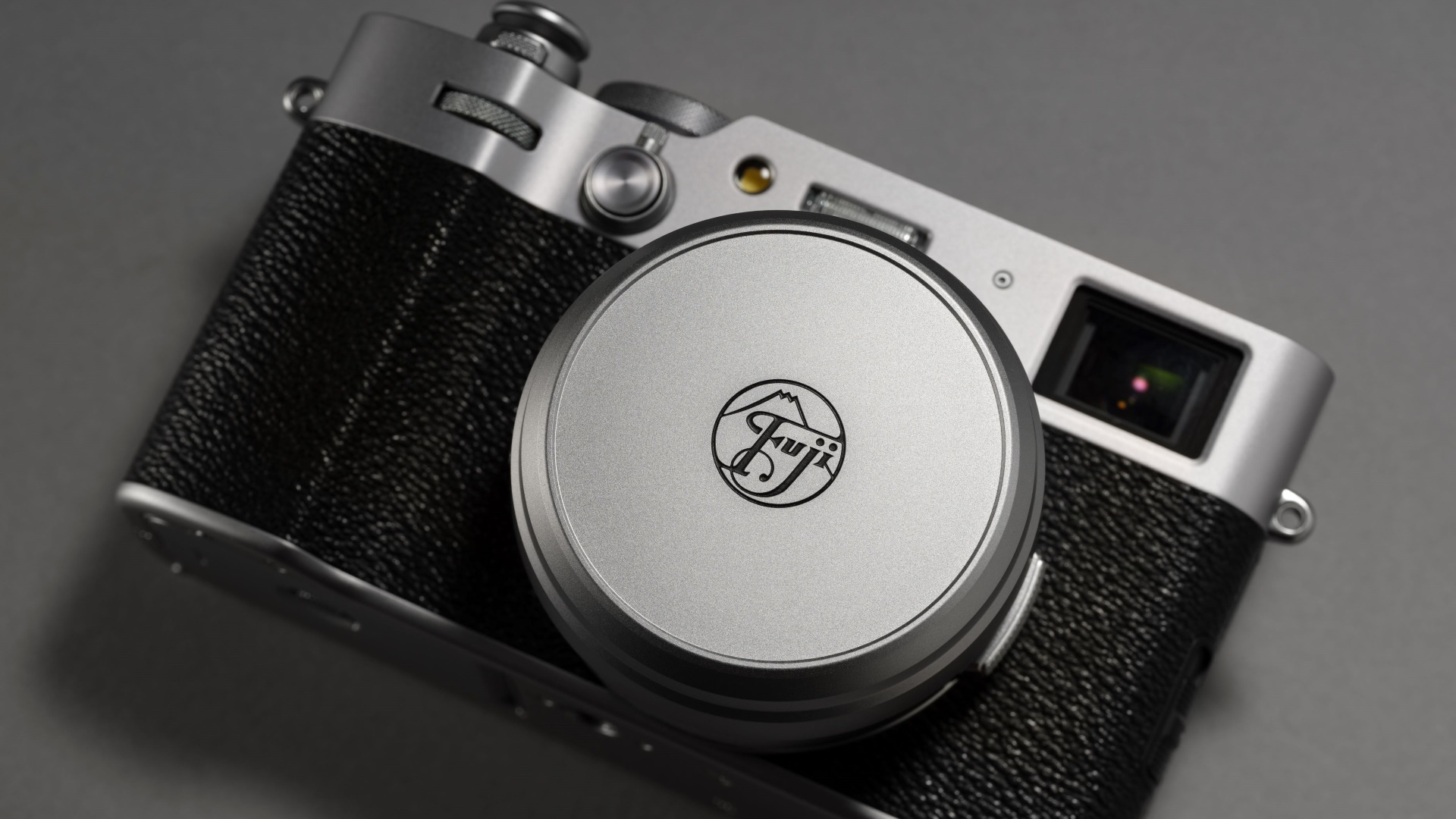
Fujifilm has launched its latest compact digital camera: The Fujifilm X100VI. The sixth generation model introduces a handful of firsts for an X100 series camera.
The X100VI boasts of a new 40.2MP X-Trans CMOS 5 HR sensor and is powered by an X-Processor 5 engine. These work together to allow more light than any prior X100 camera.
For the first time, the camera offers in-body image stabilization with up to 6.0 stops. Filming at up to 6.2K 30p has also been made possible.
High performance
In addition to more light absorption, the X100VI features ISO 125, which was only available as an extension in previous models. Its tracking AF function also ensures high-quality content especially for filming.
The camera comes with 20 film simulation modes, including the new “REALA ACE” mode for a diverse range of distinctive tones. This particular mode offers faithful color reproduction and high-contrast tonality which is suitable for various subjects and situations.
Moreover, the X100VI supports Frame.io Camera to Cloud without the need for additional accessories. Users will only need to wirelessly connect to the internet to automatically upload photos and videos. This speeds up the process from shooting to final editing.
Better operability
The X100VI also has an “Advanced Hybrid Viewfinder” function. With this, users will be able to switch between the optical (OVF) and electronic (EVF) viewfinders. The EVF itself is equipped with a high-resolution OLED panel with about 3.69 million dots.
Meanwhile, the “Electronic Range Finder” (ERF) allows a small EVF to be simultaneously displayed on the OVF. This permits the photographer to capture the subject in the OVF while magnifying the in-focus area in the small EVF.
Functional design
The Fujifilm X100VI retains the compact and lightweight look of its previous iterations. As with its predecessors, the latest model’s body uses aluminum for the top and bottom surfaces.
It has also adopted the X100V’s ultra-thin tilt LCD monitor design. The shape of the grip, on the other hand, has been fine-tuned to ensure a better feel. The positions of the buttons on the back have also been moved.
Limited edition X100VI
In addition to its release, a limited edition X100VI model will be made available to celebrate Fujifilm’s 90th anniversary. Only 1,934 units of the limited edition model will be available worldwide.
These numbered X100VI units are packaged in a special box that includes a special strap, soft release button, and history cards.
The camera body is engraved with the founding logo in 1934, along with a unique serial number.
In the Philippines, The Limited edition X100VI will retail for PhP 130,990. Meanwhile, the standard edition is priced at PhP 103,990.
-

 Events2 weeks ago
Events2 weeks agoStellar Blade: PlayStation taps cosplayers to play Eve for game’s launch
-

 Features1 week ago
Features1 week agoFortify your home office or business setup with these devices
-

 Gaming2 weeks ago
Gaming2 weeks agoThe Rogue Prince of Persia looks like an ultra-colorful roguelite
-

 Accessories2 weeks ago
Accessories2 weeks agoLogitech unveils G Pro X 60 gaming keyboard: Price, details
-

 Reviews1 week ago
Reviews1 week agorealme 12+ 5G review: One month later
-

 Gaming2 weeks ago
Gaming2 weeks agoLenovo confirms development of a Legion Go 2
-

 Deals2 weeks ago
Deals2 weeks agoTCL P635 TV: Big savings for TCL’s anniversary
-

 Gaming1 week ago
Gaming1 week agoNew PUMA collection lets you wear PlayStation’s iconic symbols

